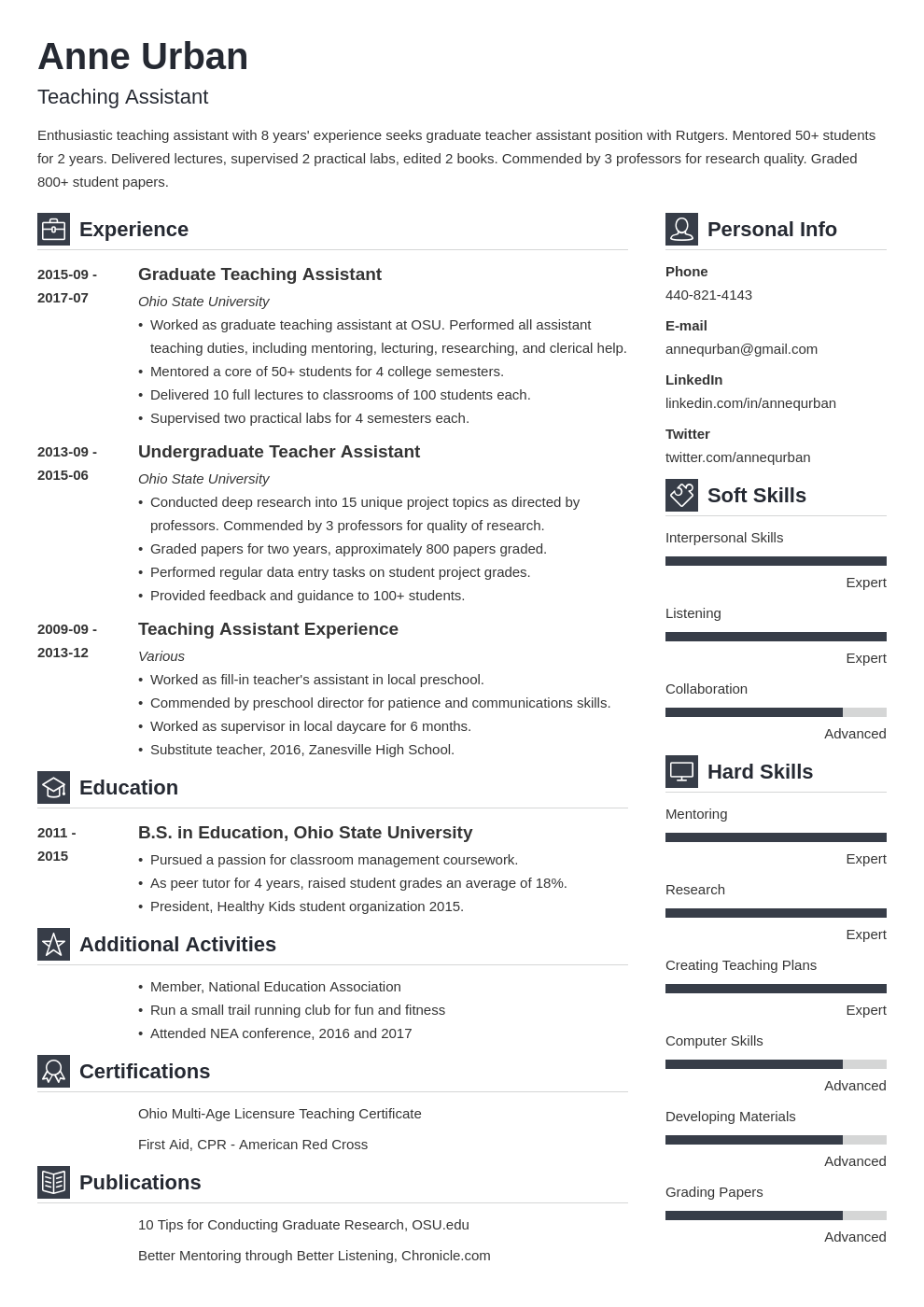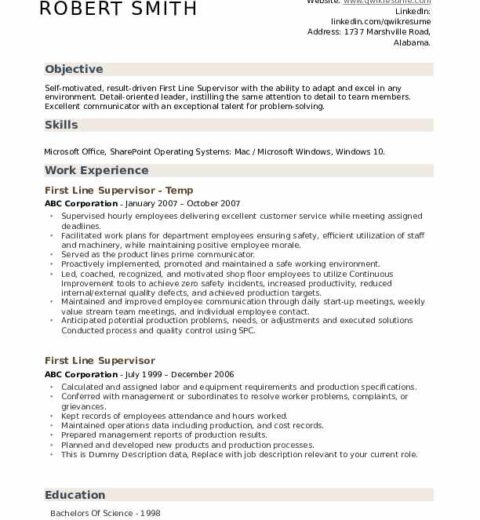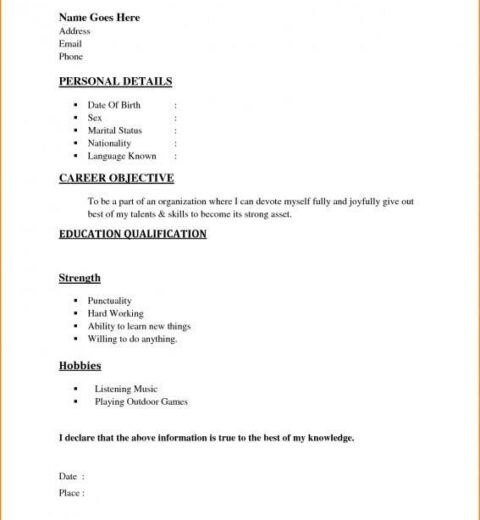In the competitive realm of job applications, the adage “you don’t get a second chance to make a first impression” holds significant weight. One of the most subtle yet impactful choices a candidate can make is their font selection on a resume. While seemingly mundane, the typeface one chooses can convey professionalism, creativity, or even a lack of attention to detail. In 2025, with evolving design sensibilities and a heightened understanding of visual communication, the decision on which font to use has become increasingly paramount.
Any exploration of font choices begins with considering the dual roles of a resume: it is both a personal marketing tool and a reflection of the candidate’s individual style. Each font carries an inherent personality, suggesting values and traits before a recruiter even reads the celebratory table of achievements and experiences. As such, selecting the appropriate typeface can resonate deeply with hiring managers, often influencing the likelihood of landing an interview.
A pivotal aspect of selecting the right font is its legibility and readability. As the saying goes, clarity is key. Common fonts that have stood the test of time include Arial, Calibri, and Times New Roman. These typefaces have been celebrated for their clarity and universal availability, making them attractive options. Calibri, in particular, has gained traction since Microsoft adopted it as their default font. Its humanist sans-serif style combines modernity with ease, making it particularly appealing for corporate professions.
However, if one seeks to stand out while remaining professional, the selection of a more unique font can yield favorable results. Consider Garamond, a classic serif typeface known for its elegance and refined character. It has an air of sophistication that can particularly appeal to industries such as law, academia, or any field emphasizing tradition. Furthermore, it significantly reduces the amount of ink used when printed, which may indirectly reflect a candidate’s prudence in material usage.
Modern sans-serif fonts, like Lato or Open Sans, represent another tier of potential for job seekers. The minimalist aesthetics of these fonts can convey a sense of forward-thinking and adaptability, qualities that resonate with tech-oriented roles or creative industries. The versatility of these fonts ensures they work well in a myriad of contexts, allowing candidates to maintain professionalism without sacrificing their personal flair.
The allure of Helvetica cannot be understated; this typeface is a powerhouse in the realm of design, revered for its clean and modern appeal. However, caution is advised. Given that Helvetica has become ubiquitous, relying too heavily on its familiarity can detract from one’s individuality. This paradox emphasizes the delicate balance of tradition and innovation that candidates must navigate in their font choices.
In addition to aesthetics, a strategic selection should also consider the precise nature of the specific industry. In creative fields, employers often appreciate innovation and personal expression in resumes. Herein lies an opportunity for fonts like Montserrat or Raleway, which draw on contemporary design trends and evoke a modern sensibility. Many of these display fonts, while still maintaining clarity, can allow candidates to exude a level of confidence and creativity that aligns well with the expectations of visually-driven industries.
Conversely, sectors such as finance, healthcare, or government often prize conventionality and seriousness. Here, a font choice should gravitate towards those conveying authority and trustworthiness. In addition to the previously mentioned Times New Roman, Baskerville may serve as an exemplary alternative. Its distinct serifs evoke a traditional authority, paired with an elegance that is likely to impress discerning hiring managers.
Another increasingly relevant consideration in today’s digital landscape is responsiveness and adaptability across platforms. With an upsurge in digital resumes, ensuring that the selected font maintains its integrity on various devices is vital. Fonts such as Verdana and Tahoma are optimized for on-screen reading, offering sharp clarity that makes them optimal choices for candidates who submit resumes online.
The psychological undertones of font choices merit attention as well. Studies suggest that respondents often evaluate the character or trustworthiness of a sender based on the typeface they employ. Fonts like Comic Sans and others deemed overly casual can evoke negative reactions, signaling a lack of seriousness. Meanwhile, fonts that establish familiarity yet maintain a refined quality, such as Georgia, can elicit positive associations of reliability and competence.
Ultimately, while the question of what font should be used on a resume may seem trivial, the implications of this choice loom large. The perfect blend of aesthetics, readability, and industry appropriateness must harmonize to enhance one’s candidacy. Candidates should not only consider the visual impact of their font selection but also be aware of the subtleties that accompany the choice. In 2025, as modernity continues to shape professional landscapes, the font chosen not only tells a story of the candidate’s experience but also offers a narrative of who they are as professionals—illustrating balance between individuality and conformity, creativity and legitimacy.
In conclusion, the need for meticulous attention in selecting the appropriate resume font cannot be overstated. Candidates should embrace the dual nature of this decision—both as a chance to assert their unique identity and as a strategic maneuver within the prevailing norms of their desired field.




